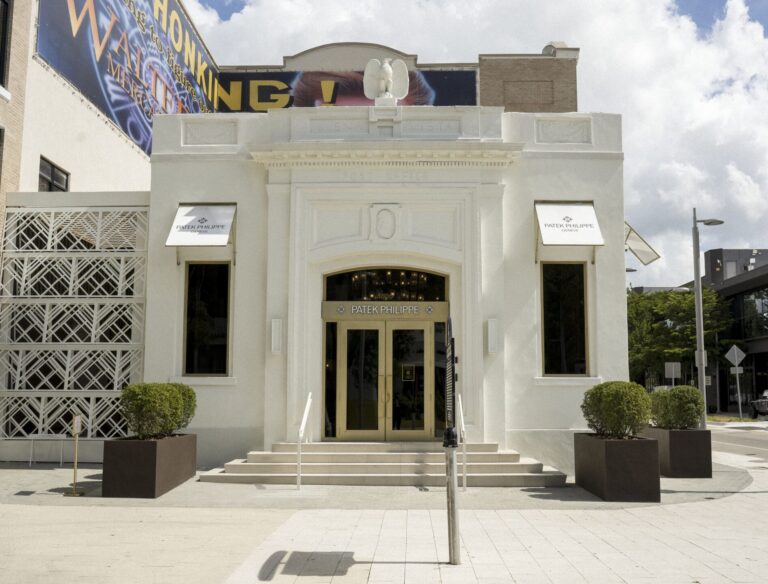
In the manner of some Surrealists, Misha Kahn considers how objects think, feel and interact with the viewer. Central to this process is Kahn’s consideration of how art objects reflect human aspirations—our desire to be seen, understood and valued. He says, “If an object already looks melted, a little lumpy, a bit dowdy—maybe it’s more like you. So many objects demand us to be careful around them, or to build a better (simpler, more chic, more affluent) life and home in order to deserve them. I think mine are slightly confused interlopers just hoping to find a bit of love.” Art history tends to demand so much from works of art, but Kahn’s work considers a complication of that role, in which artworks and humans relay their respective insecurities to each other.
As a result of this mindset, Kahn’s work becomes an unexpected source of empathy and connectivity. He says, “I always feel like functionality gives objects a Trojan horse quality—we’ve been really well brainwashed to think that anything functional is meaningless, non-narrative, at best zany but superficial. This means that these objects are welcomed into people’s homes without the idea that they might contain more.” Kahn’s objects infiltrate space: they smuggle in emotionality where it might be unexpected or unwelcome. This has been a central strategy of the avant-garde—to use art as an anthropomorphized entity with the capacity to shift vision and feeling in places normally considered banal.










 in your life?
in your life?

